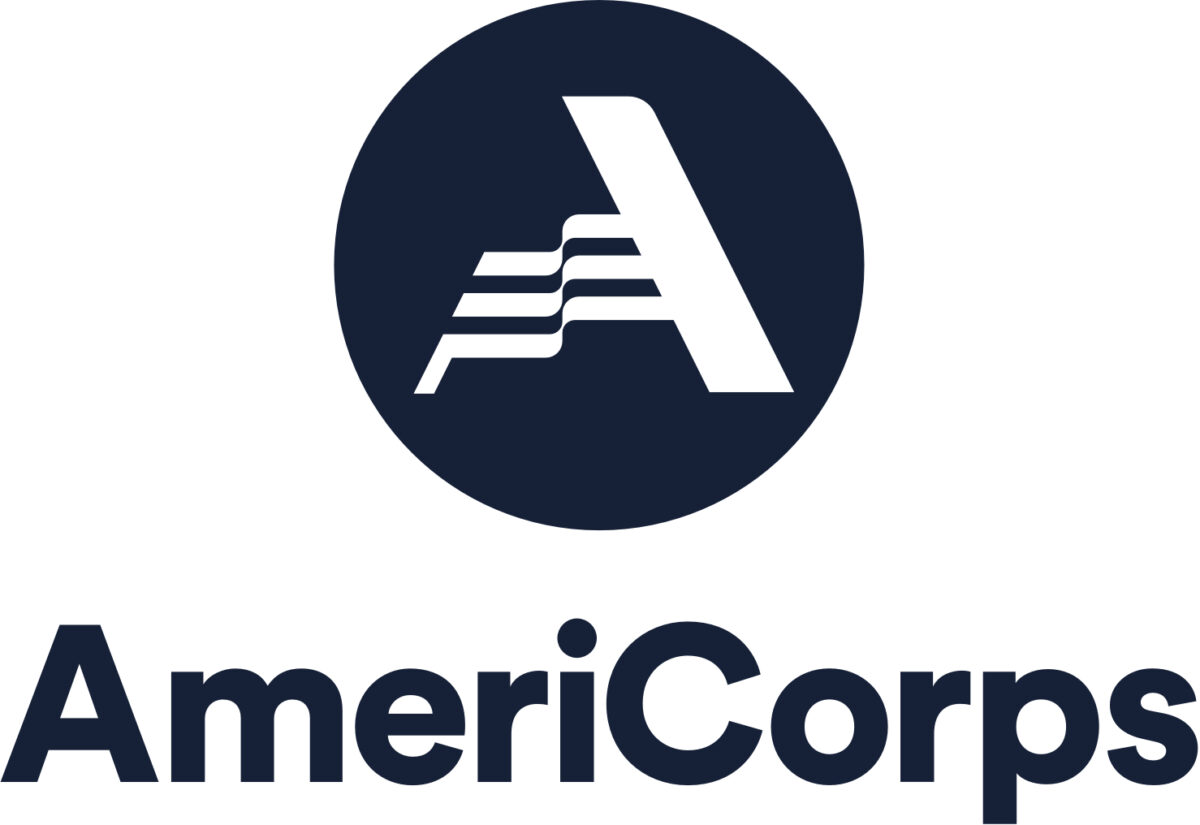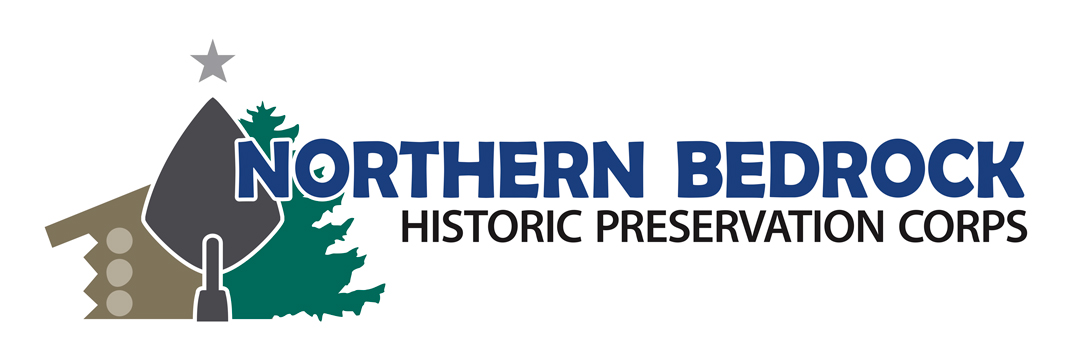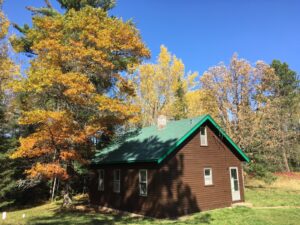Halfway Ranger Station Historic District
Saving the past, in the present, for the future.
Northern Bedrock’s mission for Halfway Ranger Station Historic District (Halfway) is to honor and preserve a nationally significant historic site through community engagement and experiential education focused on natural and cultural resource training. Our goals for Halfway are to (1) conduct hands-on training, (2) continue to preserve and rehabilitate the site, (3) expand the site’s capacity, (4) keep the site secure, (5) raise funds to support the site’s rehabilitation and maintenance, and (6) engage the community in Halfway’s history and preservation.
Halfway is a former U.S. Forest Service ranger station located within the Superior Experimental Forest 15 miles south of Ely, Minnesota (on Highway 1). The buildings at Halfway were largely built by the Civilian Conservation Corps. Northern Bedrock Historic Preservation Corps manages the site, which is on the National Register of Historic Places (you can check out our NRHP Registration Form for original photos, maps, and more history about the site). The site is on the South Kawishiwi River and has water access to the Boundary Waters Canoe Area Wilderness, tall white pines, and 12 standing buildings and structures, including the oldest remaining building in the Superior National Forest.
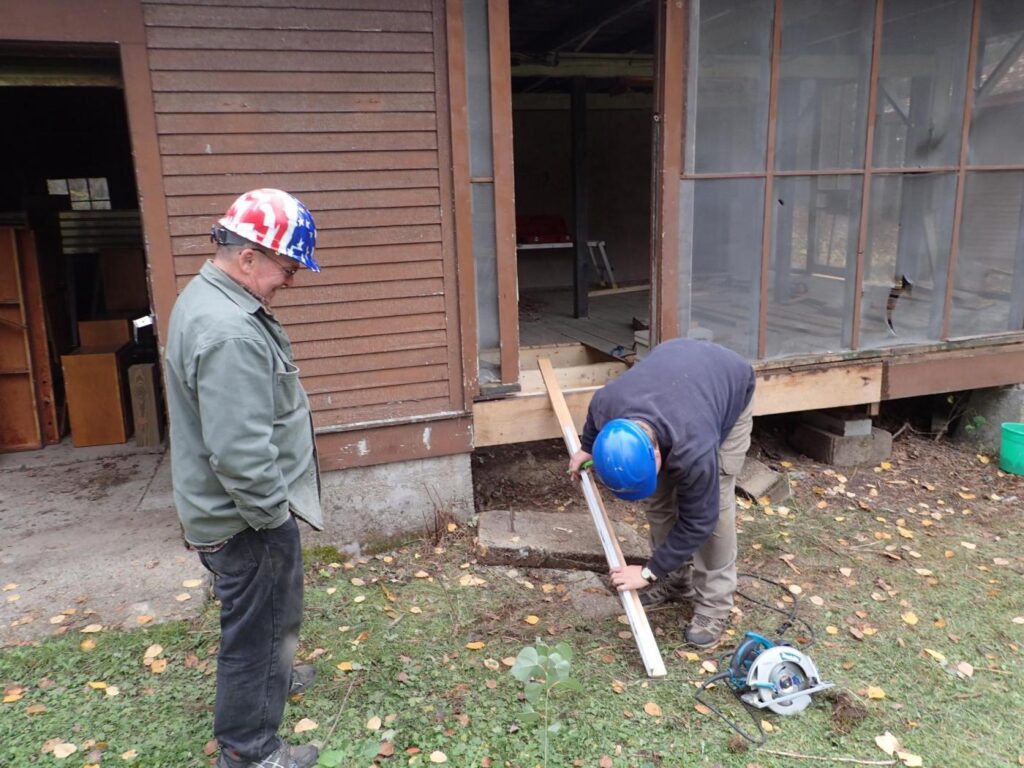 Passport in Time
Passport in Time
Northern Bedrock Historic Preservation Corps partners with The U.S. Forest Service’s Passport in Time volunteer program to complete restoration projects at Halfway. Volunteers serve alongside our crews and technical instructors during the project. Our 2020 volunteers, Corpsmembers and technical instructor completed log restoration, carpentry, roof re-shingling, building stabilization, and other other restoration projects throughout Halfway’s 12-acre site. Thank you so much to Kim, Paul, Sally, Steve, and Walt for volunteering and making significant improvements to Halfway Ranger Station.
Halfway’s Historic Significance and Designation
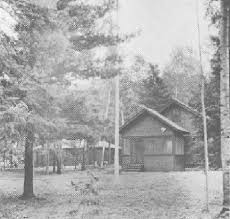 Halfway Ranger Station, also referred to as Kawishiwi Field Laboratory or K-lab, was designated as a historic district by The National Register of Historic Places in January 2012. The nomination was made possible by the Northern Research Station (NRS) with support from a National Trust for Historic Preservation grant. The historical significance of the buildings relates to the quality and workmanship of their construction, and the representation of various styles of log and framed construction characteristic of a historical era. Seven of the historic structures are Rustic/Adirondack Style log cabins built in 1934 and 1935 by the Civilian Conservation Corps. HRS also includes a stand-alone underground concrete cellar poured by the CCC at the site, and a balloon framed residence built in 1931 with funds from Herbert Hoover’s Public Works Administration.
Halfway Ranger Station, also referred to as Kawishiwi Field Laboratory or K-lab, was designated as a historic district by The National Register of Historic Places in January 2012. The nomination was made possible by the Northern Research Station (NRS) with support from a National Trust for Historic Preservation grant. The historical significance of the buildings relates to the quality and workmanship of their construction, and the representation of various styles of log and framed construction characteristic of a historical era. Seven of the historic structures are Rustic/Adirondack Style log cabins built in 1934 and 1935 by the Civilian Conservation Corps. HRS also includes a stand-alone underground concrete cellar poured by the CCC at the site, and a balloon framed residence built in 1931 with funds from Herbert Hoover’s Public Works Administration.
Research on the Kawishiwi Experimental Forest conducted by NRS explored methods of converting jack pine, quaking aspen and birch forests to white and black spruce forests, and ended more than 20 years ago. Although NRS has not used the site for research, HRS has been the destination of many world-renowned wolf, bear and fire researchers. Active wolf research was conducted by U.S. Geologic Survey until 2011.
In 2010, the Northern Research Station released an environmental assessment that evaluated several alternatives for HRS’s future. The proposed action identified in the draft environmental assessment was to demolish the buildings after complete historic documentation of the site. Public comment on the environmental assessment was strongly in favor of preserving the structures. Northern Bedrock is doing its part to save these historic structures and provide the opportunity for young adults to connect with the conservation corps legacy through re-use of the site. More information on the environmental assessment and associated documents can be found at http://www.nrs.fs.fed.us/projects/kawishiwi/.
In 2021 Northern Bedrock Historic Preservation Corps excitedly entered into a Section 111 lease with the United States Department of Agriculture Forest Service. This 50-year lease allows Northern Bedrock to develop long-range rehabilitation and reuse plans. Check back to see how our plans and partnerships are developing!
These types of leases are prepared under the National Historic Preservation Act of 1966, Section 111. This section recognizes the value of historic properties through appropriate active use through a lease to responsible parties.
Building Pathways to the Preservation Trades
Northern Bedrock's mission is to develop enduring workforce and life skills through service learning in historic preservation and community stewardship.
FOLLOW US

